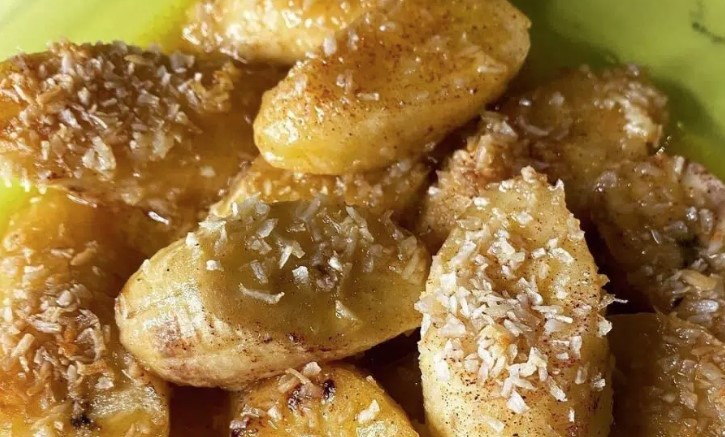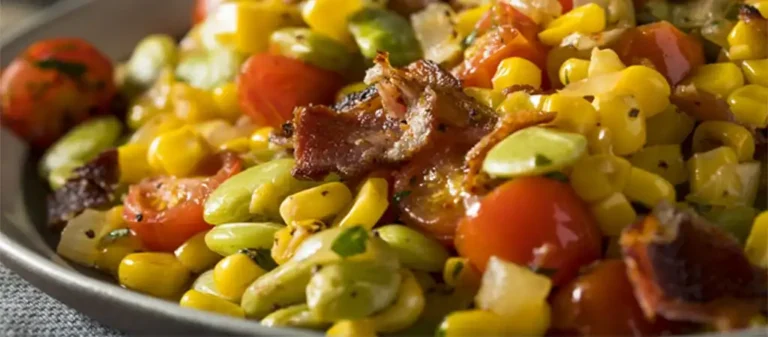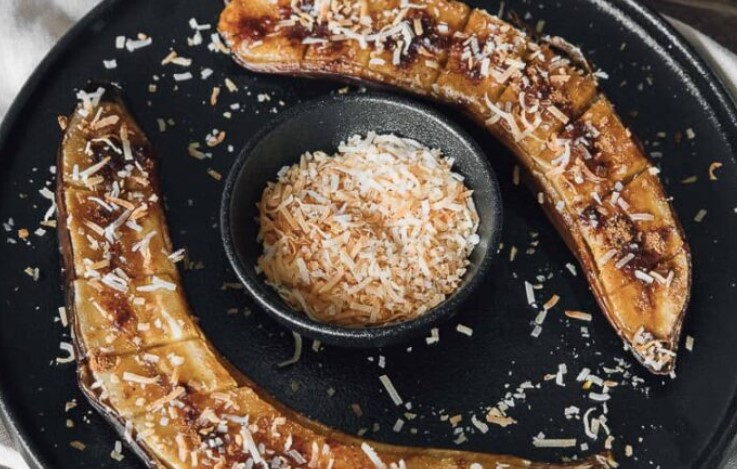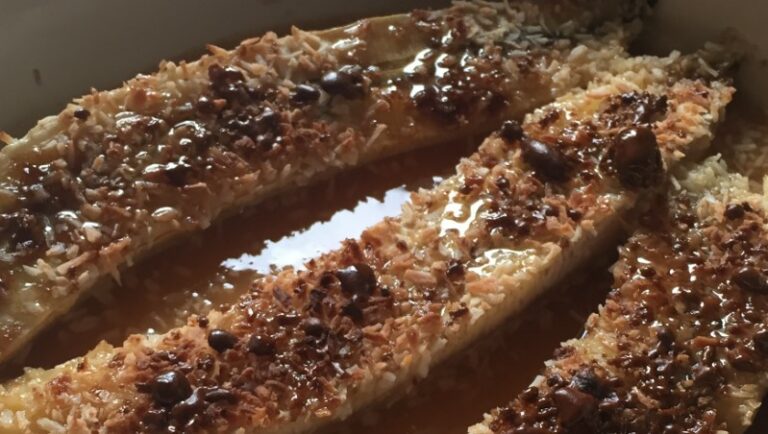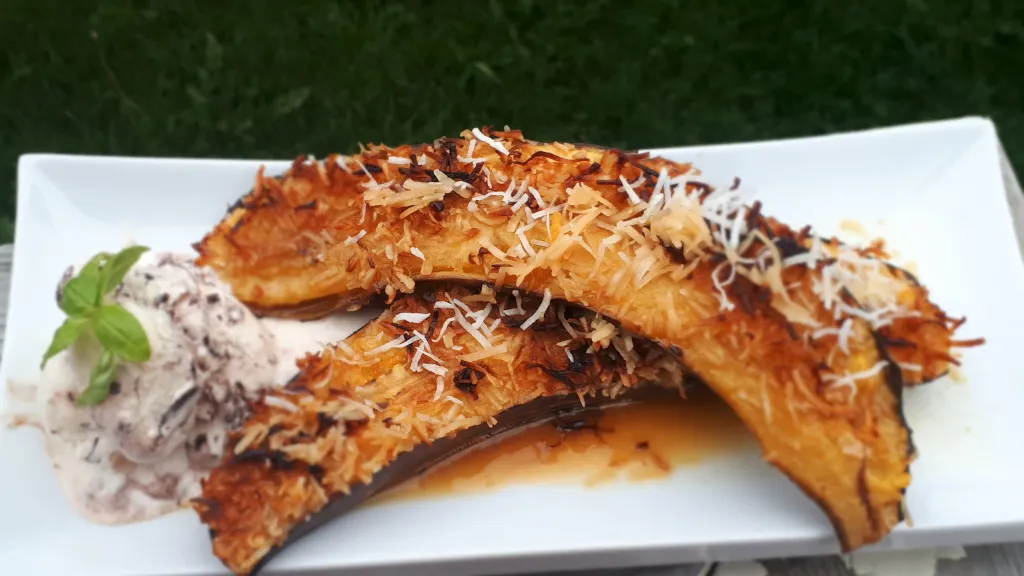Introduction: West African Cuisine
West African cuisine is known for its bold flavors, use of spices, and incorporation of starchy staples such as cassava, yams, and plantains. It is a diverse cuisine that varies from country to country, with each region having its own unique dishes and cooking techniques.
Equatorial Guinea: A Unique Culinary Experience
Equatorial Guinea is a small country located in Central Africa. Its cuisine is often overlooked when compared to other West African cuisines, which is a shame as it offers a unique culinary experience. Due to its colonial history, the country showcases influences from Spanish, Portuguese, and West African cuisines, making it a fusion of flavors.
Influences on Equatorial Guinean Cuisine
As mentioned, Equatorial Guinea’s cuisine has been influenced by different cultures. The Spanish and Portuguese brought over their love for seafood and introduced the use of garlic and olive oil. The West African influence can be seen in the use of starchy staples and the incorporation of spices such as chili peppers, onions, and ginger.
Ingredients in Equatorial Guinean Cuisine
The ingredients commonly used in Equatorial Guinean cuisine include seafood, plantains, cassava, yams, rice, and peanuts. The country’s location on the coast makes seafood a staple in its dishes, with fish and shellfish being commonly eaten. Plantains and cassava are used to make fufu, which is a starchy staple that is eaten with soup or stew. Peanut sauces are also popular, and they are used to flavor dishes such as chicken, fish, and vegetables.
Cooking Methods and Techniques
In Equatorial Guinean cuisine, dishes are often slow-cooked to allow the flavors to develop fully. Grilling and frying are also popular methods of cooking, especially when it comes to seafood. Spices are also used to enhance the flavors of the dishes.
Popular Dishes in Equatorial Guinea
One of the most popular dishes in Equatorial Guinea is called “sopa de pescado,” which translates to fish soup. The dish is made by slow-cooking fish with vegetables and spices to create a flavorful soup. Another popular dish is called “fufu con salsas,” which is a dish consisting of fufu and different types of peanut sauces.
Comparing Equatorial Guinean Cuisine to Other West African Cuisines
While Equatorial Guinean cuisine shares some similarities with other West African cuisines, such as the use of starchy staples and spices, it stands out due to its Spanish and Portuguese influence. The country’s coastal location also sets it apart, as seafood is a staple in its dishes.
Conclusion: The Richness of Equatorial Guinean Cuisine
Equatorial Guinean cuisine may not be as well-known as other West African cuisines, but it offers a unique culinary experience that should not be overlooked. Its fusion of flavors from different cultures, slow-cooking techniques, and use of seafood make it a must-try for any food lover.


